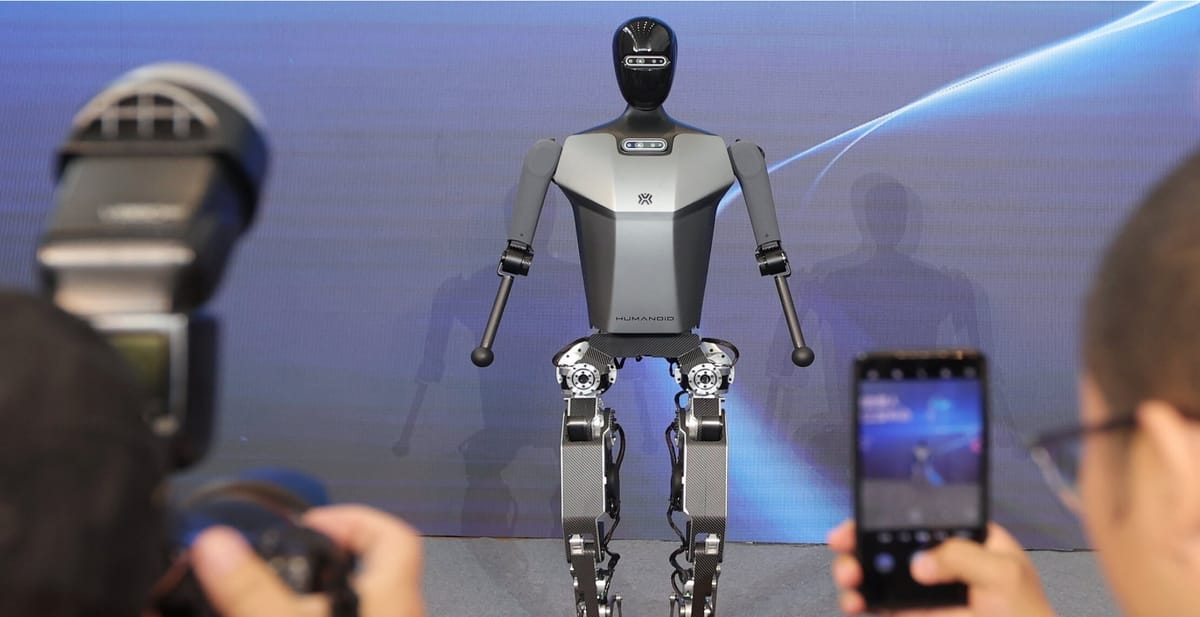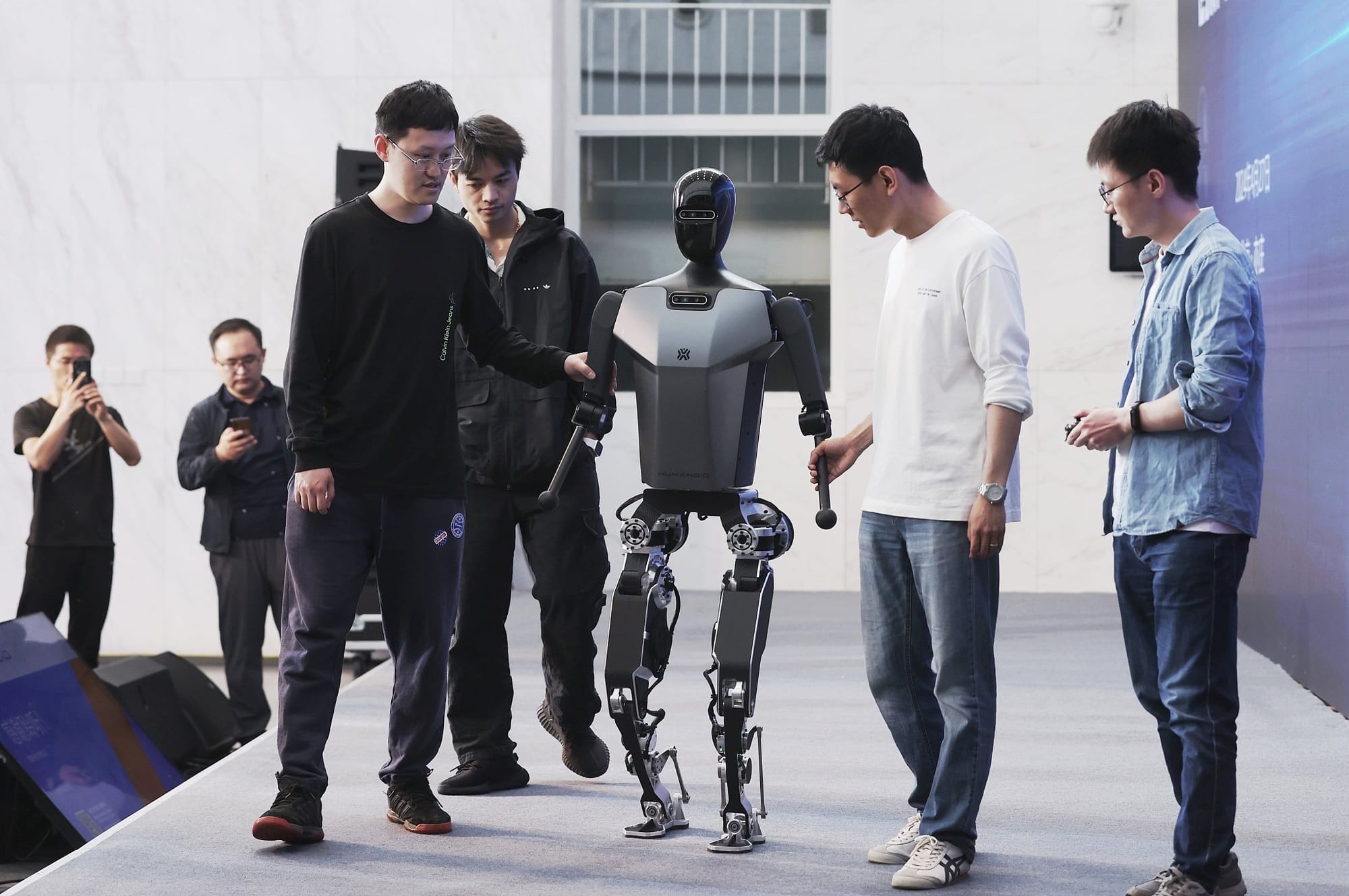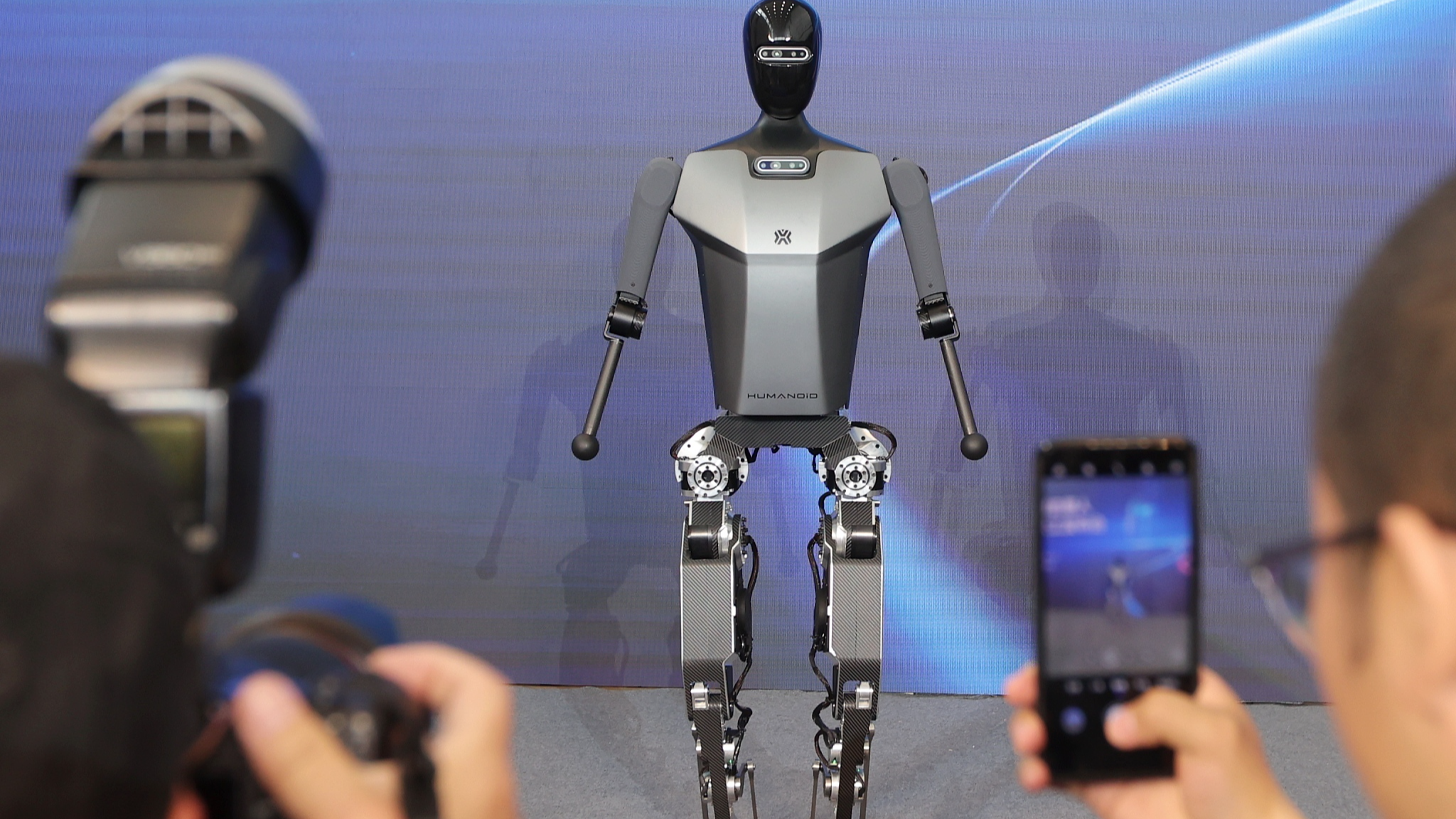
The Beijing Humanoid Robot Innovation Center has unveiled "Tiangong," a full-size humanoid robot capable of running on electric power. Developed as a general-purpose humanoid robot platform, Tiangong stands 1.63 meters tall, weighs 43 kilograms, and can maintain a steady running speed of 6 kilometers per hour.
Tiangong is equipped with state-of-the-art sensors, including multiple vision perception sensors, a high-precision Inertial Measurement Unit capable of 550 trillion operations per second, 3D vision sensors, and high-precision six-axis force sensors for accurate force feedback.
China's first self-developed general humanoid robot "Tiangong" was unveiled in the Beijing Economic and Technological Development Area on Saturday. https://t.co/8x12xAunOj pic.twitter.com/TYDesx643h
— CCTV+ (@CCTV_Plus) April 28, 2024
During the unveiling event in Beijing, Tiangong is seen jogging out in front of the audience and is shown navigate an incline and steps. In a demo video they further show the robot walking, running, adjusting its gait, and walking up stairs in what they call "blind mode".


While the Beijing-based center presents Tiangong as the world's 'first' fully electric humanoid robot, they were beaten to the punch by Boston Dynamics who unveiled their impressive all-electric Atlas robot last week. The new Atlas boasts a broader range of motion, increased strength, and enhanced agility compared to its hydraulic predecessor.
The robot is design to be compatible with open-source software and the center is encouraging other companies and research units to develop applications in home services, industrial manufacturing, and other industries based on market and user needs. This flexibility is expected to promote large-scale commercial applications of humanoid robots.
According to the Beijing Humanoid Robot Innovation Center, Tiangong's development also involved the creation of a new motion skill learning method called "predictive reinforcement imitation learning based on state memory." This method addresses issues faced by reinforcement learning and model predictive control methods, resulting in more stable, human-like, and generalized performance.
The unveiling of Tiangong coincided with several AI technological breakthroughs showcased at the 2024 Zhongguancun Forum, a state-level event highlighting China's rapid development in cutting-edge innovation and technologies.
As a hub for the robotics industry in Beijing, the Economic and Technological Development Area has gathered 110 robotics ecosystem businesses, forming a comprehensive industrial chain system covering core components, complete machines, and applications.
The dual unveiling of Tiangong and Atlas within such a short span highlights the intense pace of innovation in the field of humanoid robotics. Both robots exhibit unique features and capabilities that push the boundaries of what electric humanoid robots can do.
As Tiangong opens up its platform for broad industrial application, it contributes to a global dialogue on the future of robotics, where adaptability and human-like functionality are becoming increasingly crucial. These developments reflect a broader trend where major players in robotics are not only pushing technological boundaries but are also keenly focused on practical, scalable applications for humanoid robots.

